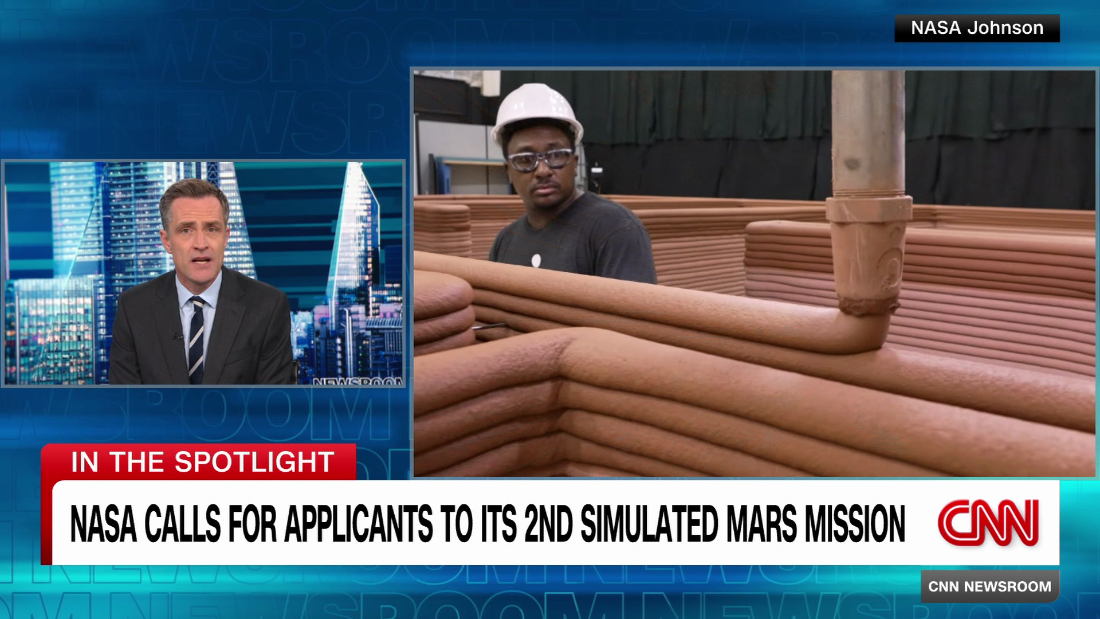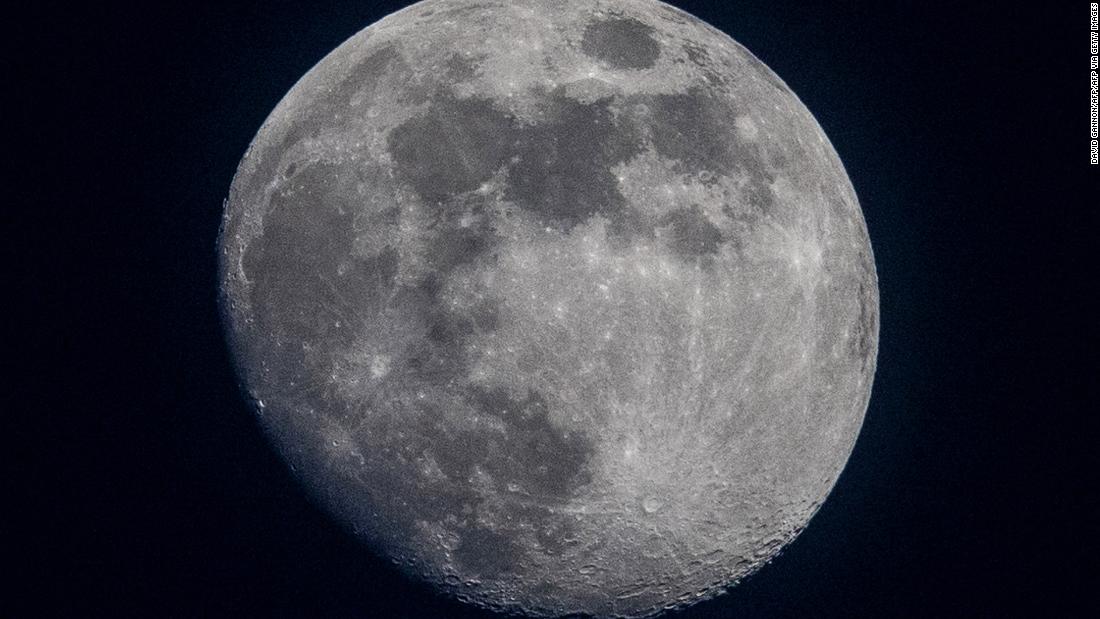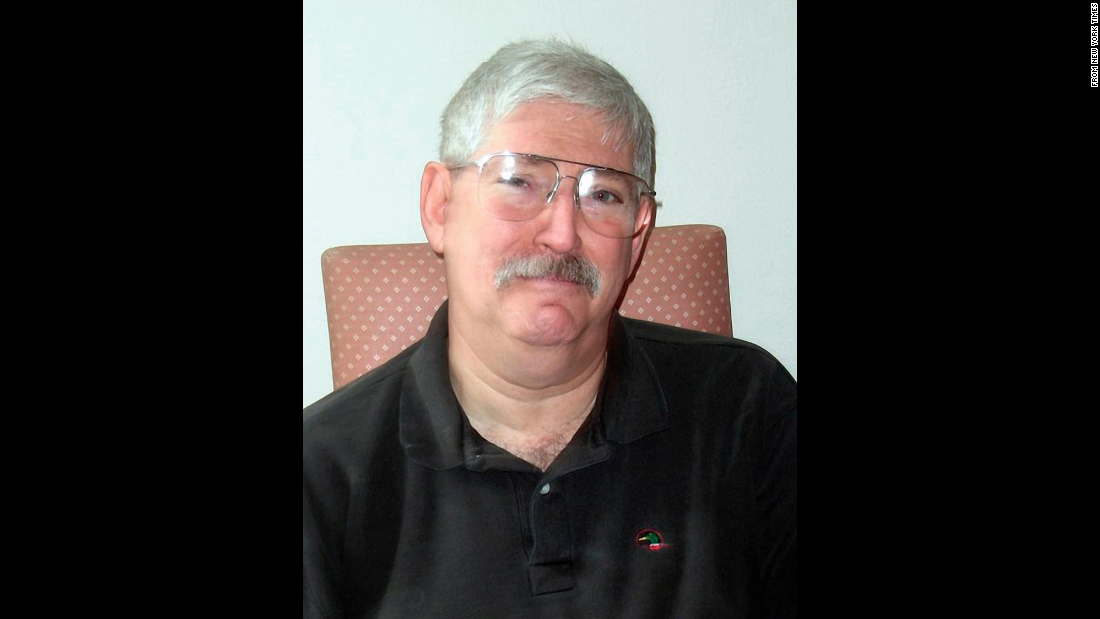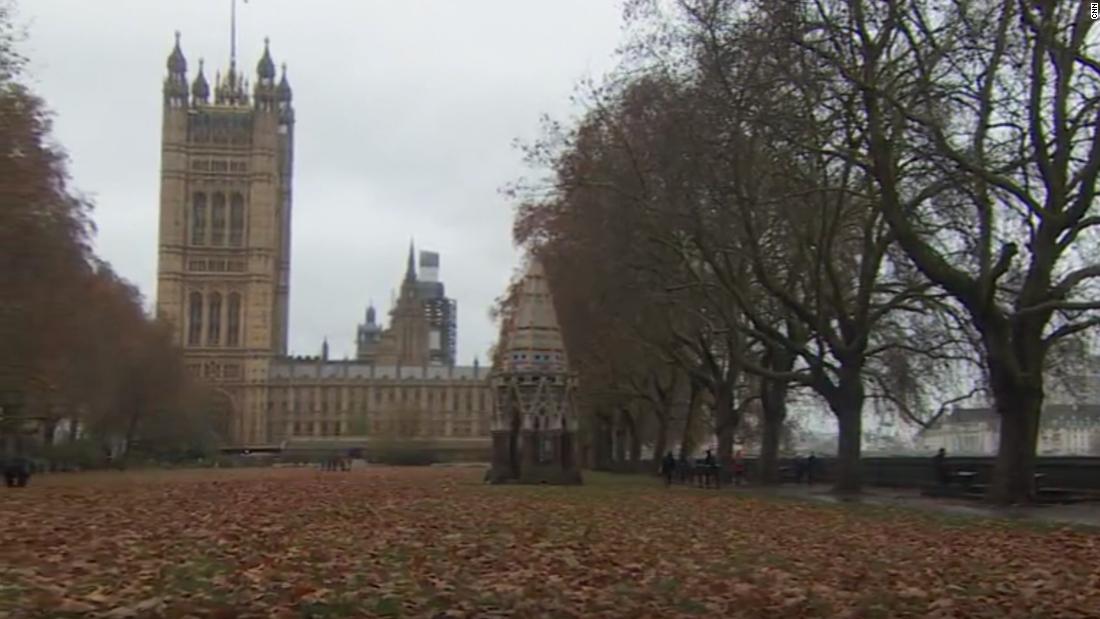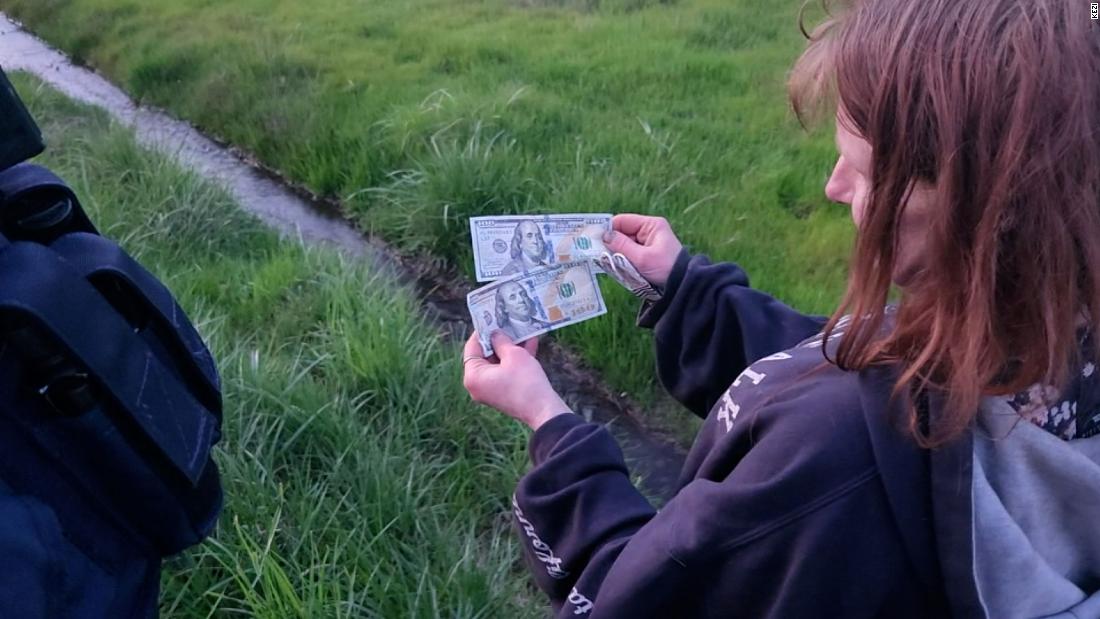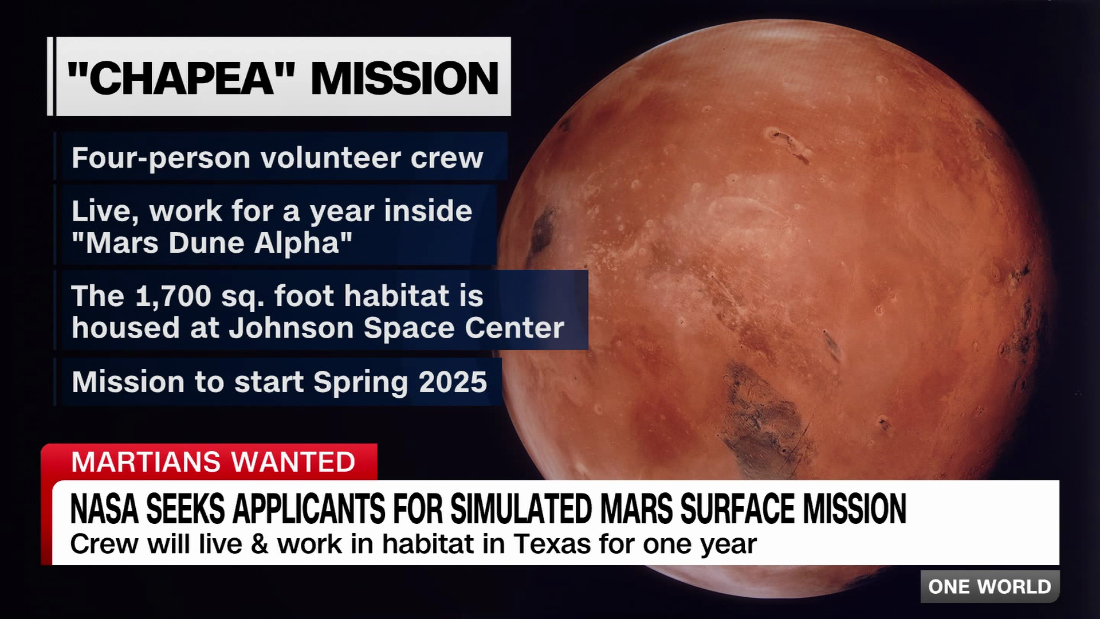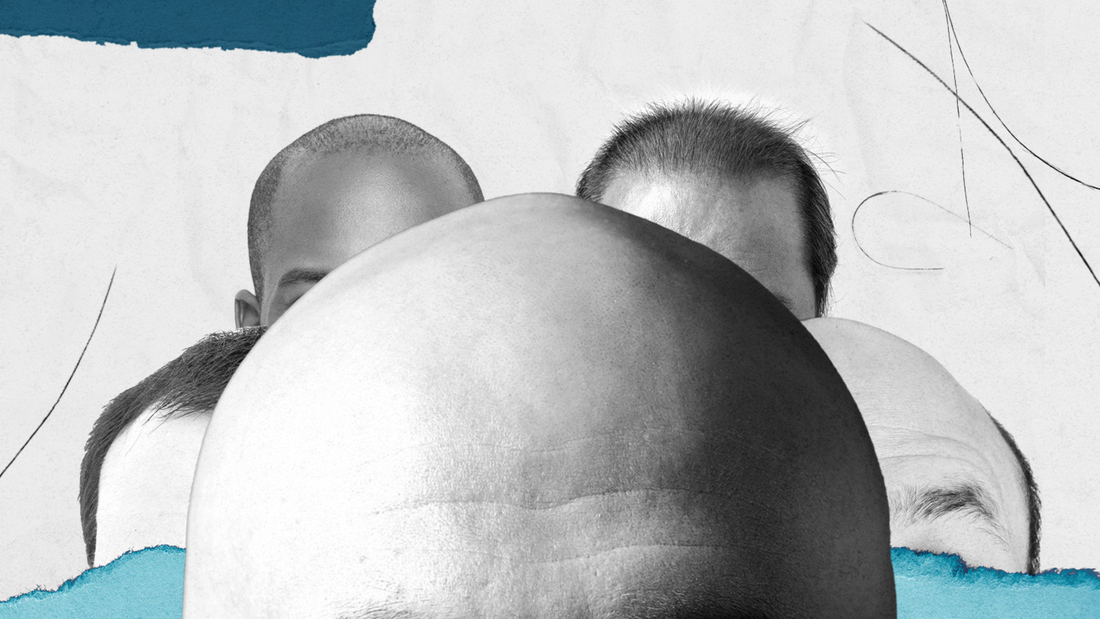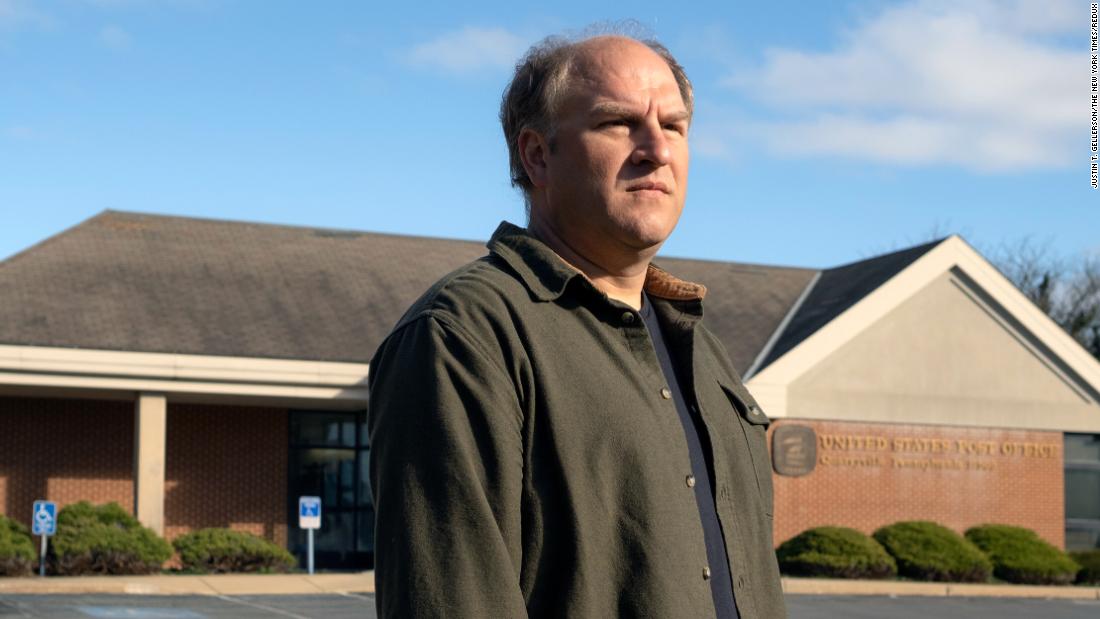THE latest wellness trend doesn’t need you to be rich, flexible or fit.
It just requires you to reconnect to a human emotion that can get lost in the daily slog of life: awe.
The latest wellness trend simply requires you to reconnect to a human emotion that can get lost in the daily slog of life: aweGetty
This occurs when you are exposed to something so beautiful or wonderful that you are moved, and your sense of the world changes.
It sounds whacky, but in simple terms, it’s that feeling when you look at a starry sky and suddenly feel very small but full of amazement.
“It is hard to imagine a single thing that is better for the mind and body than finding five minutes of awe,” says Dr Dacher Keltner, author of Awe: The New Science Of Everyday Wonder And How It Can Change Your Life.
“People interested in wellbeing have started to think about its benefits for families, work, organisations and schools.”
Best of all, it’s free and you can find it in the seemingly dull everyday.
WHAT IS AWE?
“Awe is the emotion we feel when we encounter vast mysteries we don’t understand,” says Dr Keltner, a professor of psychology at the University of California, Berkeley.
Still confused? Imagine looking at the Milky Way or Stonehenge.
Human interactions can also create a sense of awe, whether that be joining in singing with a crowd at a festival or a football match, or holding a newborn baby.
“Awe is closely tied to experiences that define who we are,” says Dr Keltner.
IT’S A HAPPINESS BOOSTER
Even tiny flashes of awe have been found to improve mental wellbeing.
“Brief moments of awe lead to greater happiness, less stress, more creativity, reduced loneliness and a stronger sense of community,” explains Dr Keltner.
Researchers in Portugal found that a 30-minute walk in a park can stop ruminative thinking – AKA when you’re stuck in a negative thought cycle – as a result of feeling moved by nature.
IT CAN MAKE YOU A BETTER PERSON
There is evidence that experiencing awe makes people more kind and generous, as it encourages them to focus less on themselves and to look outward instead.
For example, one study reported by the British Psychological Society found that people who watched an awe-inducing video clip were more willing to help others – even if they didn’t score highly in personality traits like compassion and kindness.
There is also research to show it makes people more environmentally conscious.
One study by Cornell University suggested that children who are able to play in the wild before age 11 grow up to actively care about nature and their surroundings.
IT CAN ACTIVATE YOUR BODY’S ‘REST AND DIGEST’ SYSTEM
Awe can have a physical effect on the body – one of its more obvious manifestations is a wave of goosebumps.
But awe can, in fact, calm you down, too. Researchers at Arizona State University found that looking at awe-inspiring images increased activity of the parasympathetic nervous system, which makes us feel more relaxed.
“We’ve found that awe can also lead to greater levels of oxytocin – AKA the body’s love hormone – as well as elevated activation of the vagus nerve, which facilitates great heart health,” says Dr Keltner.
HOW TO MAKE THE MOST OF AWE AND FIND IT EVERY DAY
Awe is easy to find on holiday, when you’re in an amazing location or watching a sunset, but what about everyday life?
“Some people believe awe is rare and it can only be felt on lavish trips,” says Dr Keltner. “But, in fact, it’s all around us.”
PUT YOUR PHONE DOWN
It is possible to find amazement daily, but as transformational coach Gillian McMichael says, you won’t find it on your phone. “Stop relying on social media or forms of technology that disconnect us from awe,” she warns.
“Awe is available to us all, and at any time. All we need to do is be present and become a compassionate observer of what’s going on within and around us.”
Putting your phone on Flight Mode during a walk could allow you to become a more passionate observer of your surroundingsGetty
To encourage less screen time, get rid of notifications or set daily limits with pop-up reminders using Screen Time on iPhone or Digital Wellbeing on Android.
Put your phone on Flight Mode during a walk, or leave it at home if you feel safe to do so.
GET OUTSIDE
Unsurprisingly, one of the easiest ways to feel awe and wonder is to appreciate the nature around you.
“Go outside and notice the sounds of the universe. There’s lots of it out there – whether that’s the river flowing, the birds chirping or the wind blowing – sometimes we just fail to notice it,” says Gillian.
“You don’t have to be in the countryside or the seaside to do this either – simply look up and take a glimpse of the sky overhead.”
Merlin Bird ID is a game-changer app for spotting birds and recognising their songs, while you can learn to identify constellations at night with the app Star Walk 2.
READ A BIOGRAPHY
Human beings can be a great source of awe. “We are wired to be inspired by the goodness of other people, most typically ordinary people,” says Dr Keltner.
“Read about the life of someone whose courage or kindness has inspired you with a biography.”
Inspiring stories can be a great source of aweGetty
Try Butterfly by Yusra Mardini, who saved fellow refugees from drowning, before becoming an Olympic swimmer.
Podcasts can also be a source of inspiring stories.
Try The Diary Of A CEO, in which Steven Bartlett interviews celebrities and business owners on how they overcame challenges on their journey to success.
REMEMBER HOW SHORT LIFE IS
If you’ve ever seen a baby being born or said goodbye to someone dying, you may have experienced awe by witnessing life being brought into the world or leaving it.
“New studies are finding that contemplation on the cycle of life leads to people feeling a greater sense of humanity with others,” says Dr Keltner.
But these events obviously don’t happen every day.
So watch a film or TV series that triggers gratitude for life, such as Disney’s uplifting Coco, set during Mexico’s Day Of The Dead festival.
JOIN A CROWD
Whether you’re singing along at a concert or enjoying being in the middle of a busy dance floor, it can feel amazing when you’re connected with others in the moment.
“This is ‘collective effervescence’, and it’s the experience of moving in unison with others,” says Dr Keltner.
“For example, at sports events, rituals in church or walking in a crowded city.”
Find events on Eventbrite.co.uk or download TodayTix for low-price theatre tickets.
Published: [#item_custom_pubDate]

















